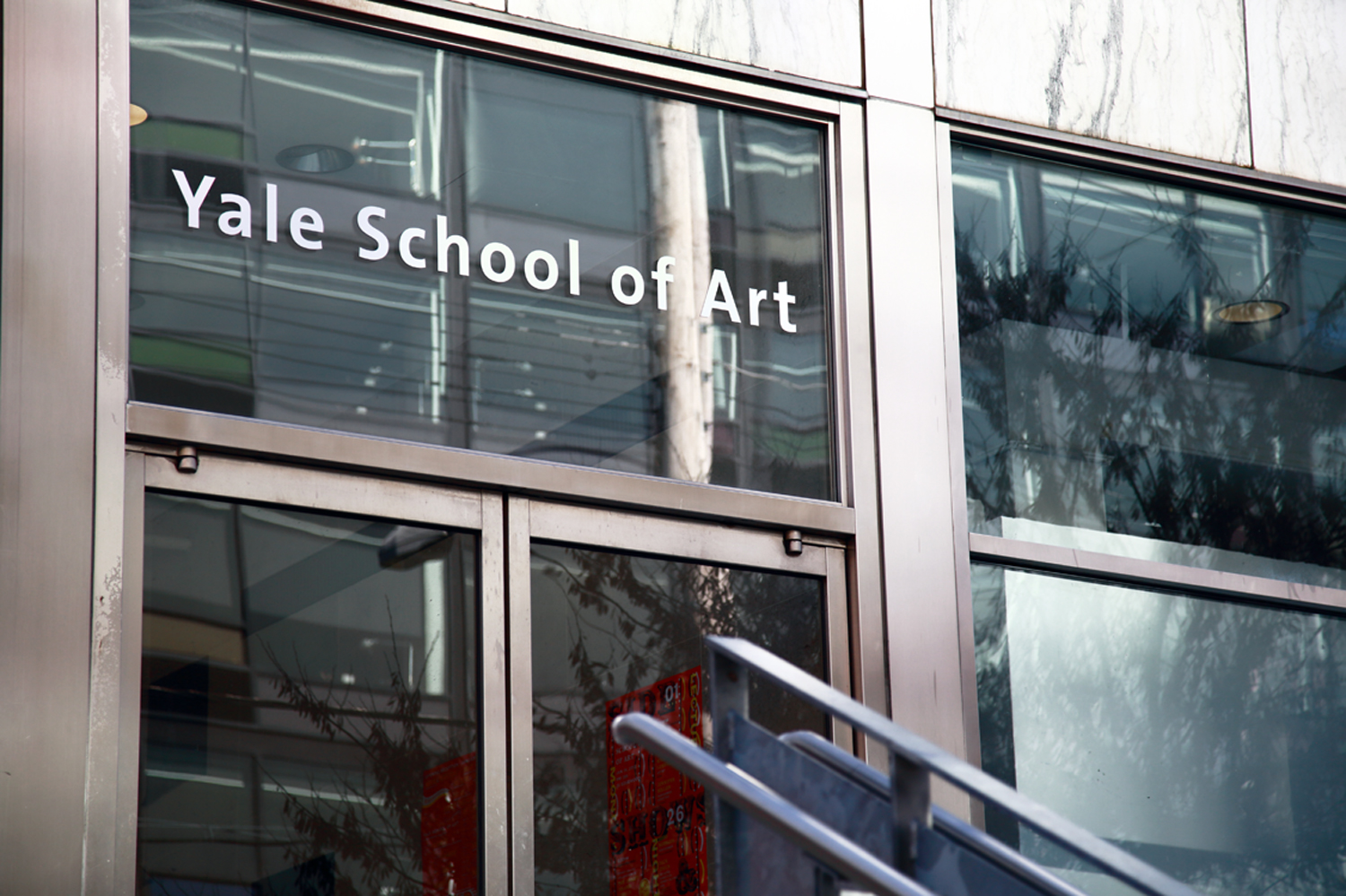
During a time when students at the Yale School of Art grapple with a pandemic-induced lack of access to art materials and spaces, the school’s Second-Year MFA exhibition is nevertheless now on view.
The exhibition, titled “This Time We Know Each Other,” features the art of 36 second-year MFA students. The show opened to the Yale community on Oct. 5 and can be viewed until Oct. 25 in Green Hall Gallery. It spans several artistic disciplines. Visitors must reserve time slots on the School of Art’s website before they attend the show.
“Where do we find ourselves at this moment?” asked Nabil Harb ART ’21. “How do we reconcile with this new program, and these new rules and limited access to community and facilities while thinking about how we finish this strongly? It’s hard.”
Typically, art students have access to studios all summer. But the coronavirus pandemic rendered this impossible. Students were forced to work with fewer resources than they had expected to have when enrolling in the MFA program. A mere year into a two-year MFA program, everything — from expectations to a sense of community — changed for art students, Harb said.
In his work for the exhibition, Harb explores themes of consumption, colonization and environment around his hometown of Lakeland, Florida. His work interrogates what it means for him, a queer man and first-generation American of Palestinian descent, to add to the region’s artistic narrative. “What can my perspective add to this archive? Or does it compete with this archive?”
John Pilson ART ’93, a photography professor of Harb’s, likened Harb’s work to a version of “The Wizard of Oz”.
“Nabil Harb’s photographs leave the impression of another movie,” Pilson said. “One where somebody, having a tough time in Oz, has a long and complicated dream about Kansas.”
Harb’s contribution to the exhibition is a black and white photograph of a wooden fencepost covered in huge grasshoppers. Because Herb was unable to return home in the midst of a pandemic, he adapted his artistic technique by crafting miniature landscapes before photographing them.
Sara Rahmanian ART ’21 also devised a new process for creating art during quarantine. Because she did not have access to art materials, she used what she calls “domestic trash” and “domestic colors” instead.
During quarantine, Rahmanian had been spending more time in the kitchen than usual, often preparing traditional Iranian food. She began to use materials from the kitchen for her pieces, such as pieces of trash and coffee filters. Her pieces involve one such coffee filter decorated with a watercolor painting, a sculptural component made from domestic trash and a more traditional painting. Rahmanian’s “domestic colors” include turmeric, coffee and tea, which she used to stain the coffee filters before painting them.
“I really love how [this artistic process] makes art out of ordinary life,” said Rahmanian.
For the Second-Year exhibition, Rahmanian will show one of these three-part pieces. Its components are placed in different corners to spatially engage viewers.
Harb said he feels the pandemic has “tinged” the pieces that are displayed in the exhibition.
“I don’t know if [the effects of the pandemic upon second-year MFA students’ art] is something that’s visible, or if maybe in hindsight we’ll be able to look back and see it,” Harb said. “Or maybe I’m making it up. But I can’t help but think that there’s gotta be something there.”
The exhibition will take place in the Green Hall Gallery on 1156 Chapel Street.
Annie Radillo | annie.radillo@yale.edu







